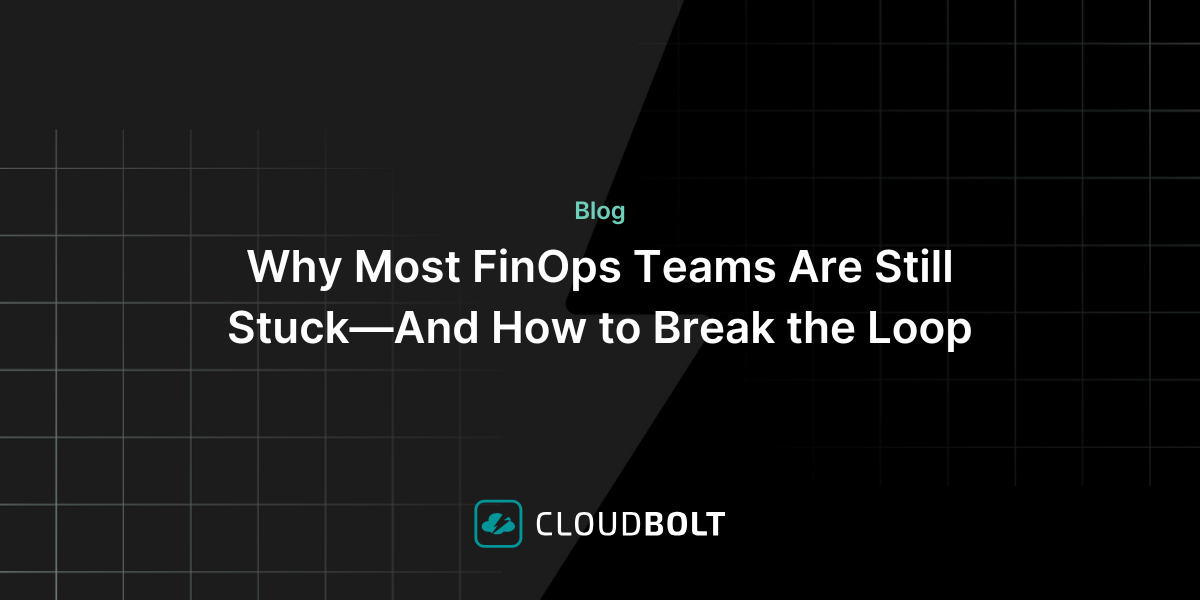Weekly CloudNews: Cloud Storage & Security in the Time of COVID-19
Welcome to this week’s edition of CloudBolt’s Weekly CloudNews!
Earlier this week, Nilesh Deo looked at five avoidable IT governance mistakes, and we did a blow-by-blow comparison of private cloud vs. public cloud.
With that, onto this week’s news:
Companies must increase storage efficiency while reducing costs during COVID-19 and beyond
Silvia Fregoni, SiliconANGLE, May 14, 2020
“With the unprecedented impact of the coronavirus pandemic on the global economy, the watchword for companies is “reduce costs,” which also applies to spending on technology.
Showing enterprises how they can increase storage efficiency and lower costs has been one of the strategies of IT consulting company Advanced Technology Services Group.
‘Customers are looking to save money because they don’t know what their financial outlook is [because of] COVID-19,’ said Tim Conley, principal of ATS, which is an IBM partner. ‘[We] talk to them about how they can drive their storage efficiencies up with IBM technologies, especially virtualization, and then reducing their overall cost. That’s key, especially now.’”
Avoid sticker shock in the cloud era. Download our eBook to learn how.
Adapting Cloud Security and Data Management Under Quarantine
Joao-Pierre S. Ruth, Information Week IT Network, May 14, 2020
“The necessity of teams working remotely while under lockdowns can put new strains on data management and security even in the cloud. Whether an organization previously established a cloud-based infrastructure or is accelerating a migration plan, the shift to remote operations opened the door for additional considerations IT leaders must deal with.
The spread of COVID-19 may have accelerated cloud adoption, but it happened in a fragmented, piecemeal fashion, Kon says. ‘In the next six months, I think you’ll see a more organized migration.’ He anticipates a massive convergence between analytics and governance obligations will also take place.
The current state of affairs is not something envisioned by many business continuity plans, says Wendy Pfeiffer, CIO of Nutanix. Most organizations are operating in a hybrid mode, she says, with infrastructure and services running in multiple clouds. This can include private clouds, SaaS apps, Amazon Web Services, Microsoft Azure, and Google Cloud Platform. Though this specific situation may not have been planned for, the cloud allows for unexpected needs to scale and pivot, Pfeiffer says. ‘Maybe we envisioned a region being inaccessible but not necessarily every region all at once.’
Normally it can be easy to declare standards within IT, she says, and instrument an environment to operate in line with those standards to maintain control and security. Losing control of that environment under quarantines can be problematic. ‘If everyone suddenly pivots to work from home, then we no longer control the devices people use to access the network,’ Pfeiffer says.”
The forces driving healthcare to a multi-cloud environment
Bill Siwicki, Healthcare IT News, May 13, 2020
“Value-based care, healthcare consumerism, the Triple Aim, socioeconomic and other external influences on patients – these are some of the forces driving healthcare provider organizations to reassess their legacy enterprise architecture and consider moving to a multi-cloud environment, one that proponents contend is more flexible and can thus better manage all these forces.
‘When you think about consumer behavior, the influx of genetic information and socioeconomic or environmental factors, you rapidly see that a multi-cloud scenario or an architecture that has to be more agile or flexible is necessary, because we are no longer bound by the constraints of the operational data model that we’ve been so wedded to when it comes to the EHR workflow,’ he stated.
Another driving force is the reduced rates of reimbursement that all healthcare provider organizations are encountering today, Reeves said.
‘So this business of having a more economically sound model when it comes to delivering health IT and IT transformation initiatives has to be encompassing cost avoidance; you have to have predictability and consistency in your IT architecture,” he said. “So the more that you can do to be a partner with the lines of business, to be more in line with the key performance indicators of your organization – that includes fiduciary responsibility with IT infrastructure – the better off an organization is going to be.’”
Experience the leading hybrid cloud management and orchestration solution. Request a CloudBolt demo today.
Related Blogs

What We Learned at FinOps X 2025: From Dashboards to Decisions
At FinOps X 2025, one message echoed across sessions and conversations: FinOps is growing up. The scope is expanding. The…

